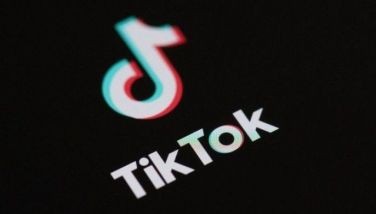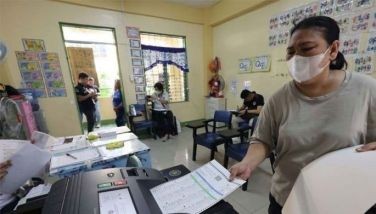China in growing pains
April 10, 2006 | 12:00am
China is going through growing pains. For any China manager, two statistics are key these days: 1) average salary growth and 2) turnover. According to a recent article in Businessweek, the average salary growth is running eight to 12 percent from Guangzhou to Nanjing. Turnover for some jobs is now hitting 20 percent. These two key stats have just burst the China myth of unlimited labor supply. Guangdong province, for example, has 2.5 million jobs that need to be filled.
Multinational corporations and their suppliers are rethinking where to locate their factories, whether deeper into interior China or lower-cost countries like Vietnam or Indonesia.
Of course, as wages increase in an economy, so does the middle class, transforming the former sourcing station of the world into a major consumer market.
My Two Cents: This is another opportunity to repackage the Philippines as an alternative location.
In another Businessweek article, Opinion Research Corp. conducted a study of US consumers. The study said, "Even if the service is actually the same as or better than what is offered by US-based call centers, many Americans are turned off by foreign voices. 62 percent of US consumers gripe about the service if they suspect an overseas call agent." One toy retailer pulled out its call center work from India and the Philippines after frustrated buyers came into their stores to complain.
What is a call center to do? Online chat and e-mail services today represent 20 percent of consumer inquiries. This share is projected to double in five years. Chat eliminates the "accent" issue, the call agents are used to chatting in English, and the agents are now being trained to read US newspapers to increase their cultural awareness.
My Two Cents: This may be a good trend for the Philippines as spoken English by our recent graduates has only produced one to two percent acceptance rate at the bigger call centers. The Philippines still needs a good English language curriculum to address written English and English comprehension.
I had my first e-ticket experience when I recently went abroad. I was nervous as I managed to mangle the confirmation advice as I went through security. Apparently, the e-ticket system did not need that advice; it just needed my ID card, whether passport, driver’s license or even frequent flyer card.
These new systems save airlines and travel agents from printing tickets. (If a ticket costs about $10 per issue, just imagine the savings with millions of people traveling per day.) This also reduces the cost of processing the ticket stubs as the ground crew tears off each stub with each leg of your flight.
My Two Cents: This is great! Just hope they have good backup protocols when the brownouts come or when the system fails.
Dickson Co is the CFO (C is for cheap) for Dfnn, Intelligent Wave Philippines and HatchAsia.com. For comments or suggestions, e-mail [email protected]
Multinational corporations and their suppliers are rethinking where to locate their factories, whether deeper into interior China or lower-cost countries like Vietnam or Indonesia.
Of course, as wages increase in an economy, so does the middle class, transforming the former sourcing station of the world into a major consumer market.
My Two Cents: This is another opportunity to repackage the Philippines as an alternative location.
What is a call center to do? Online chat and e-mail services today represent 20 percent of consumer inquiries. This share is projected to double in five years. Chat eliminates the "accent" issue, the call agents are used to chatting in English, and the agents are now being trained to read US newspapers to increase their cultural awareness.
My Two Cents: This may be a good trend for the Philippines as spoken English by our recent graduates has only produced one to two percent acceptance rate at the bigger call centers. The Philippines still needs a good English language curriculum to address written English and English comprehension.
These new systems save airlines and travel agents from printing tickets. (If a ticket costs about $10 per issue, just imagine the savings with millions of people traveling per day.) This also reduces the cost of processing the ticket stubs as the ground crew tears off each stub with each leg of your flight.
My Two Cents: This is great! Just hope they have good backup protocols when the brownouts come or when the system fails.
BrandSpace Articles
<
>
- Latest
Latest
Latest
January 19, 2025 - 12:39pm
By Alex Pigman | January 19, 2025 - 12:39pm
January 19, 2025 - 10:05am
By Alex Pigman | January 19, 2025 - 10:05am
January 6, 2025 - 11:05pm
January 6, 2025 - 11:05pm
December 1, 2024 - 3:59pm
December 1, 2024 - 3:59pm
Recommended

























